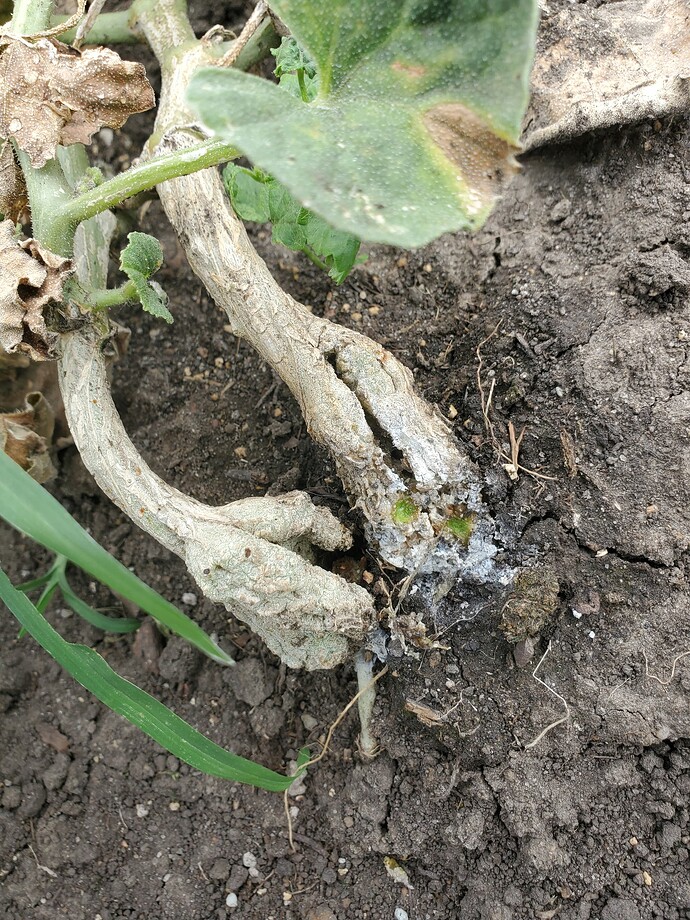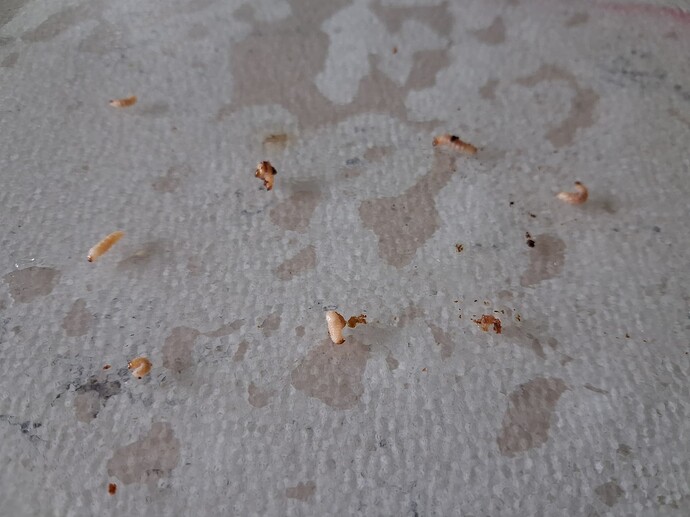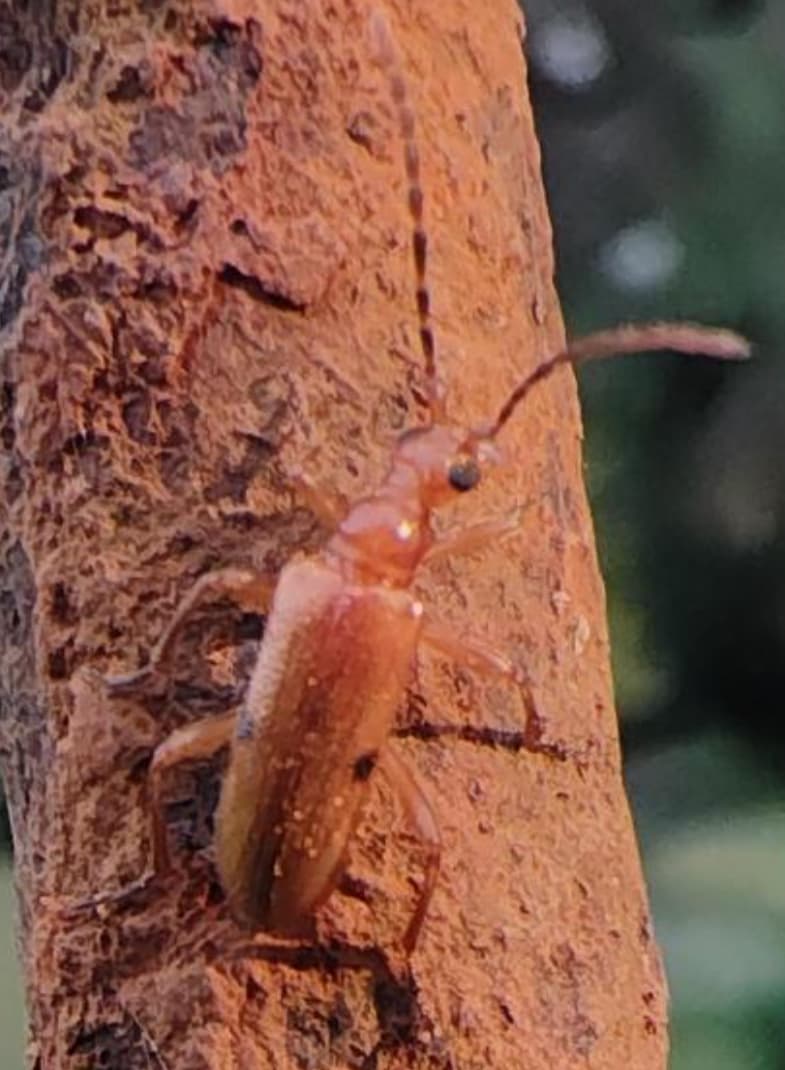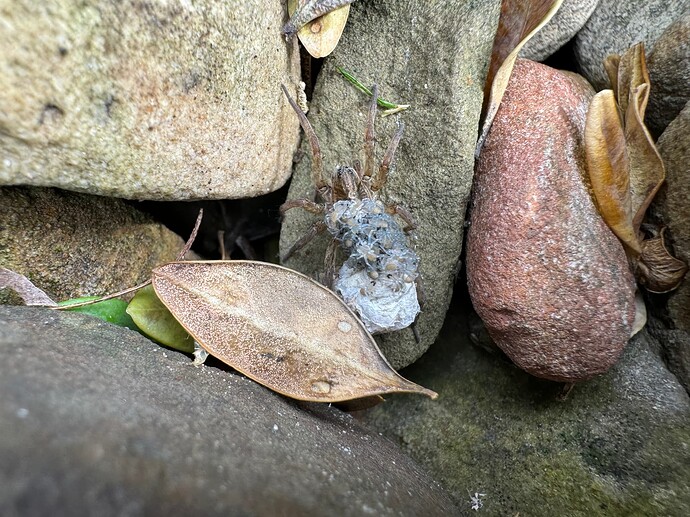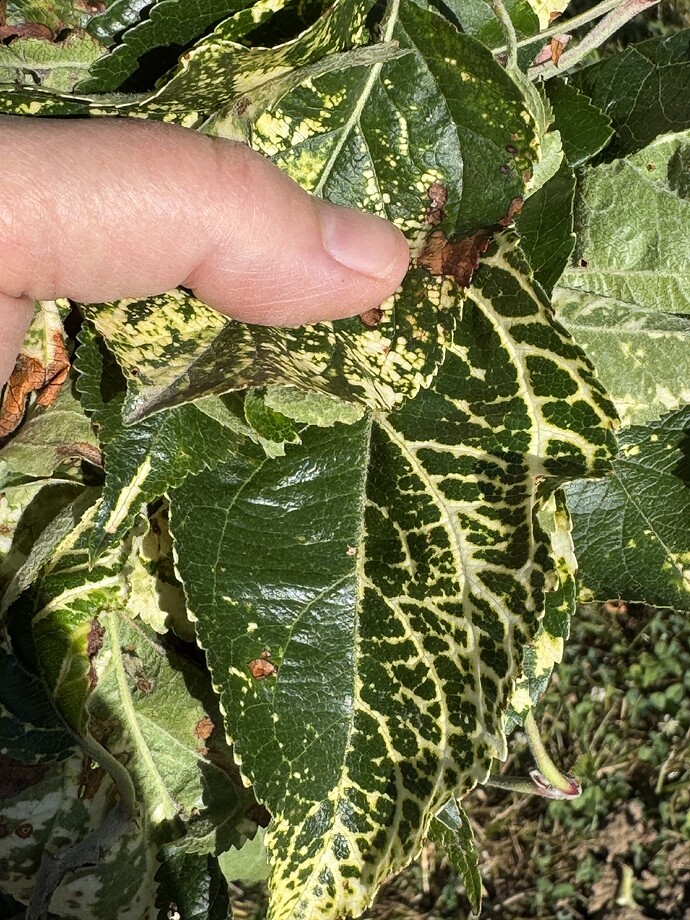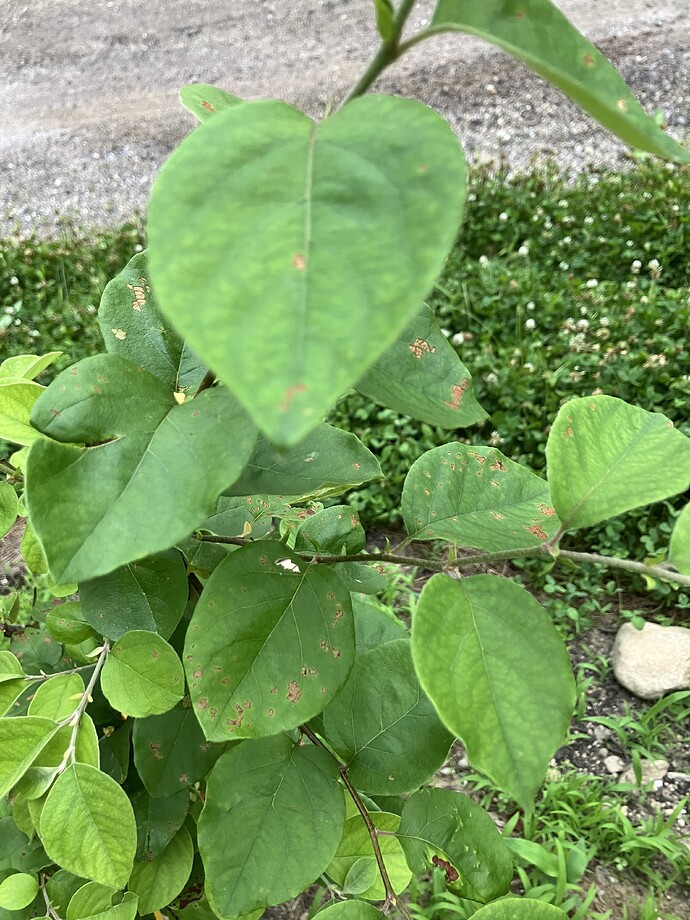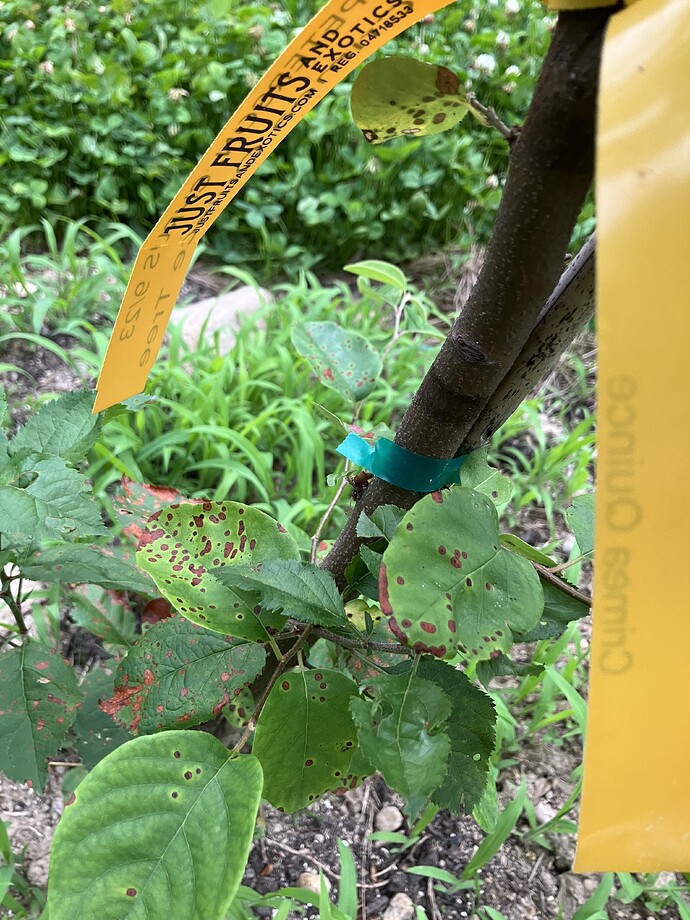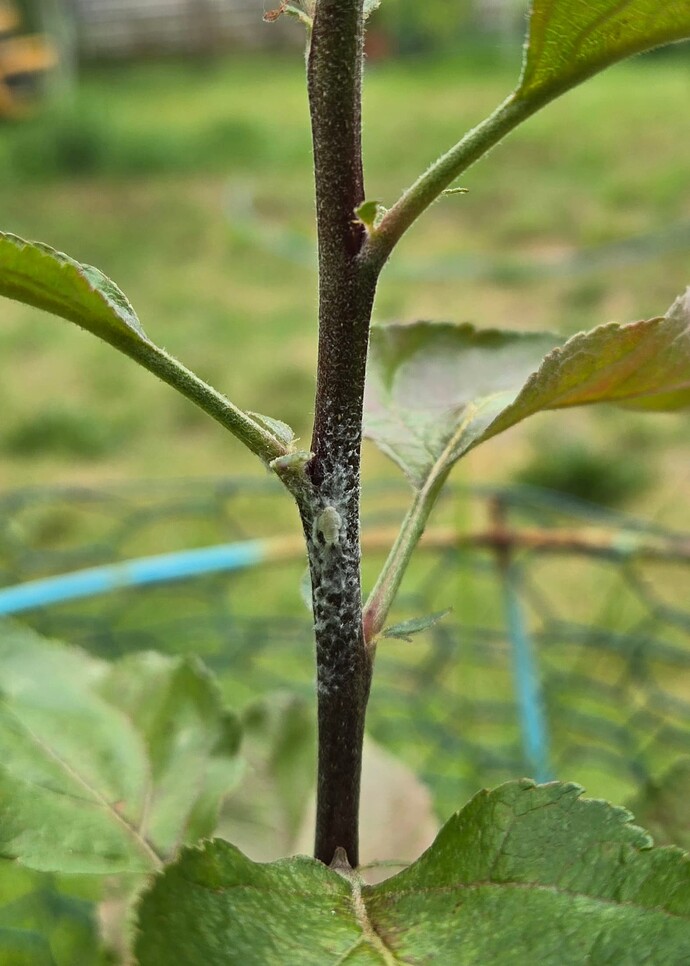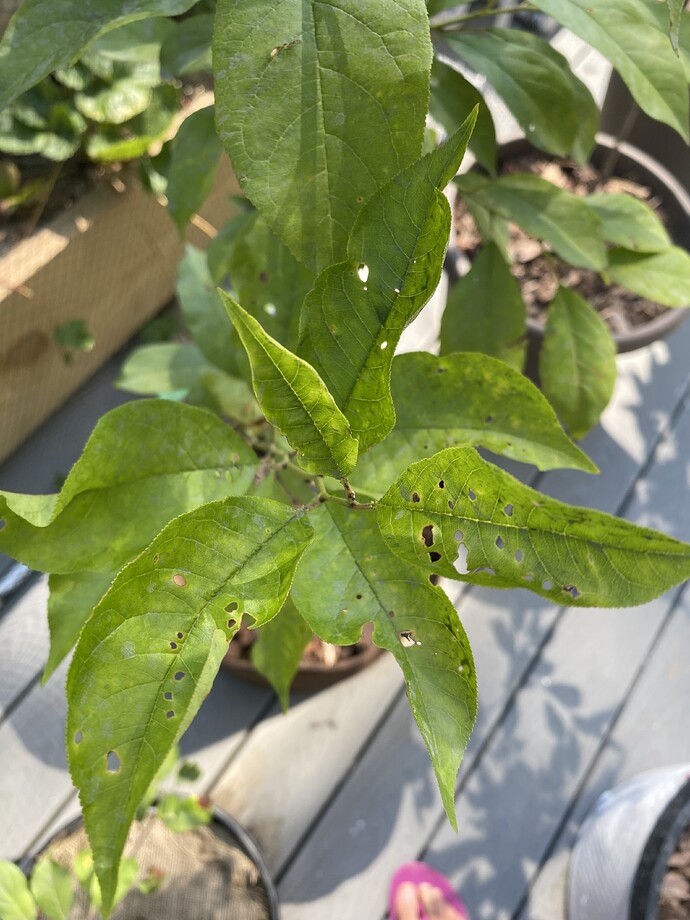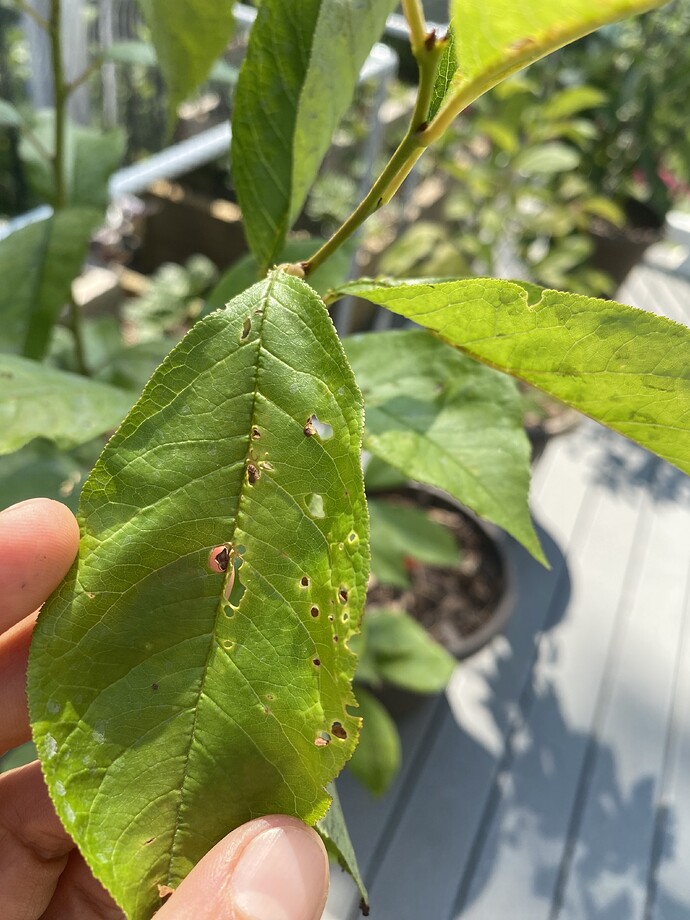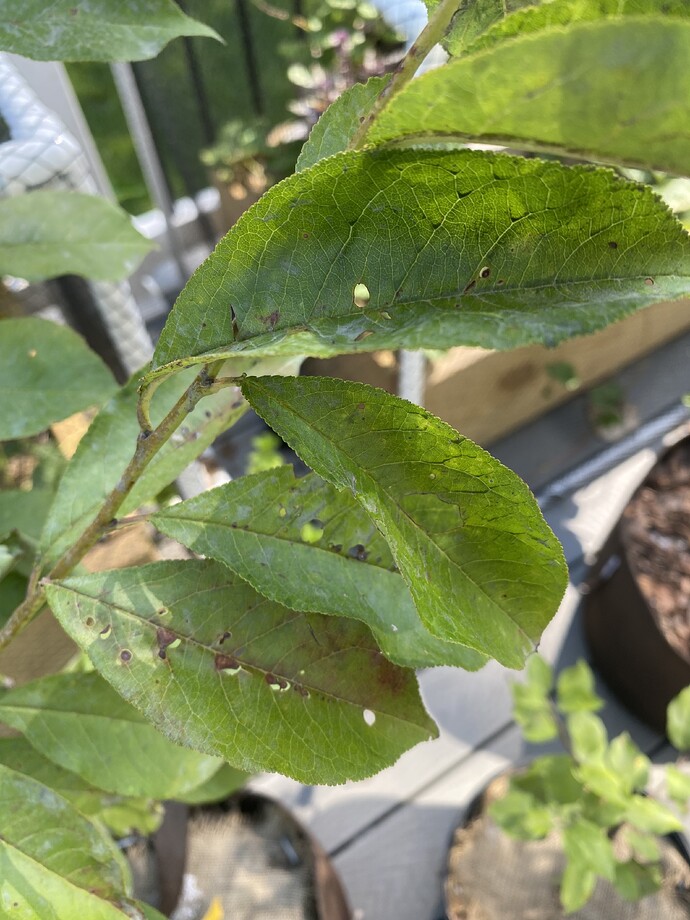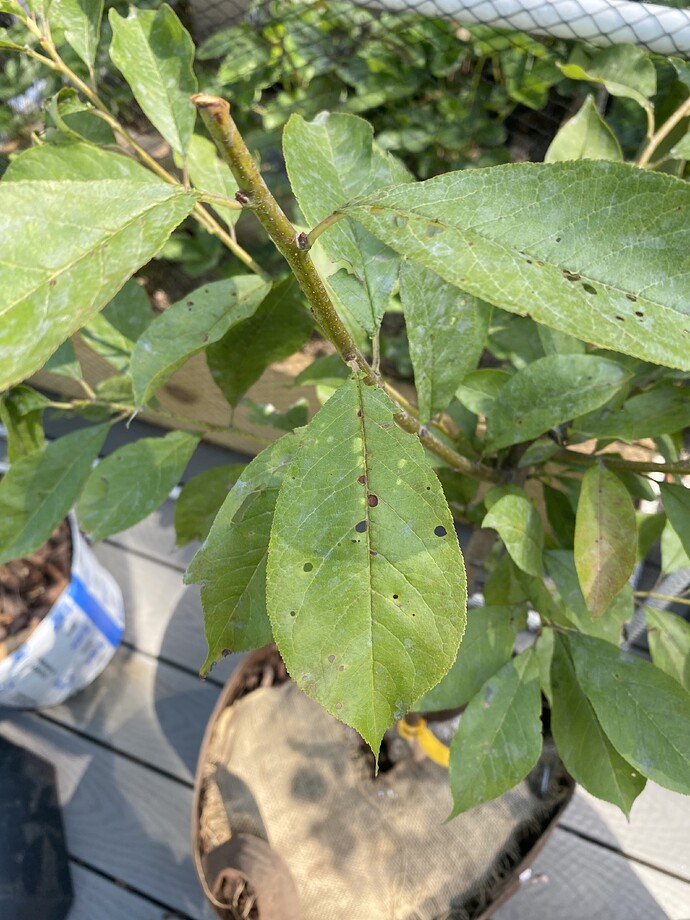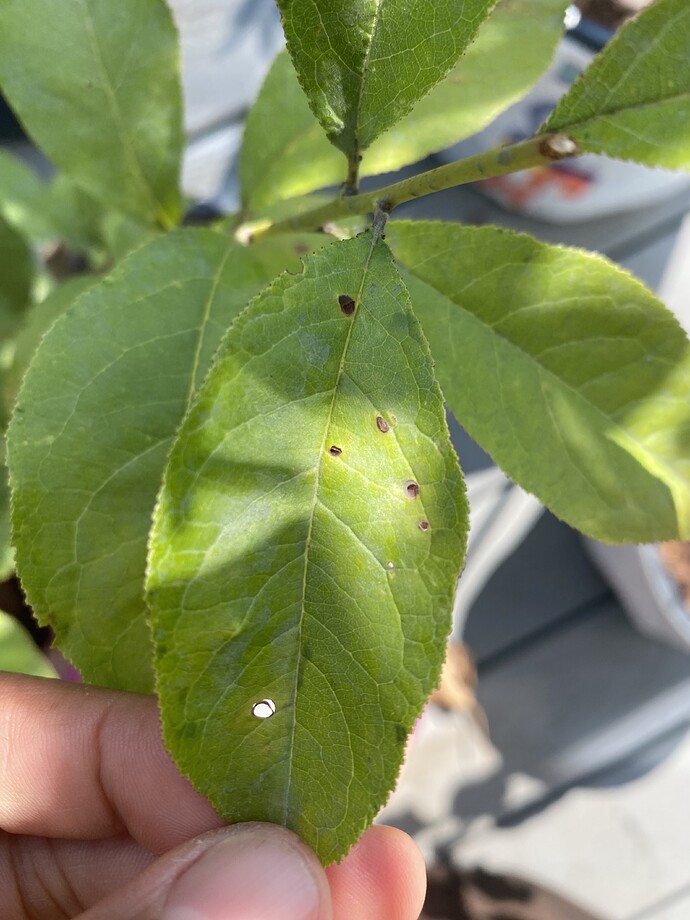What causes this on my cantaloupe? The two green marks on the white part was caused by me scratching it and it was soft and slimy on the white. It was also been a week since any rain and it has been dry and hot and I haven’t watered.
Is there a larva inside the stem? I have had squash vine borer kill melons before.
I don’t think there is, it is split open and it’s on all of the cantaloupe, and none are dying, yet… I don’t feel like cutting the plant apart untill it starts dying.
Sun damage on the Southwest side?
No, that one was on the north side, and most all the others were completely shaded by their leaves.
Also the one in that picture is now wilting, so I cut into one swellings and it is brownish orange in it and no hollow space or any signs of worms.
Oriental fruit moth . I saw a lot on my plums. Hard to control,. I sprayed insecticide but still have higher % of plum got the worms.
I cut them open, some with worm some I did not see worm. Perhaps , the worm is too small to be noticed.
Of the possible IDs mentioned, the Soldier Beetle fits the body shape, antennae length, etc, but your beetle lacks the color gradient of the Common Red.
What is key here is the dark spot near the wing cover edge and if this was present on the other wing also, or just some kind of blemish on the one wing.
I did find some intriguing similarities in genus Pedilus.
Wolf spider carrying her babies.
Here’s some apple mosaic virus on leaves, in cas any of you haven’t seen it before.
This leaf material came from a ginger gold scion I bought last year.
Thanks for the additional picture that shows the key features more completely.
Seek via Bradybb wins out in this case: the black spot is definitive as no soldier beetles have this marking.
Centrodera spurca
^ 2 species in genus in our locale
We may have to limit our ID to the genus Centrodera as there are two very similar species in our area.
You left out the most important information. Should it be murdered or nurtured?
The term “borer” gives me unease.
The sole comment says that they bite!
That post is supporting a tree tube for a sweet cherry tree I grafted to a volunteer seedling. I assume my cherry is safe from this guy. It’s right near a big doug fir from which most broke off and fell into the neighbors yard and just the dead bottom 40 feet remain full of woodpecker holes.
Not an egg sack. It’s a planthopper nymph. They exude a white, fuzzy wax to protect themselves from predators and as camouflage . There are several species that do this, so I’m not sure which one this is, but here’s a common one in the eastern U.S. for example: Metcalfa pruinosa - Wikipedia
Unless the OP specifically asks (typically: “friend of foe?”) I stick to identifying and leave the pest/control research to the OP ![]()
The situation as described at your place is an exact match for the literature: This beetle species attacks Doug Firs (and other conifers) that are already damaged in some way. There is no threat to fruiting plants. This subfamily, commonly Flower Longhorn Beetles, visit flowers and may move pollen around. Probably a good tradeoff: pollination vs further damage of conifers already in decline for various reasons. Of course any borer species will give us unease.
My impression of the “biting” comment (that I came upon during research), is that the person may have been bitten by some insect, but what are the odds it was this species? Most beetles have biting mouthparts and may well bite when sat on.
Is this shot hole? these are all plums that are nutrient deficient and have been fertilized in the last week. Wondering if I need to spray them with copper. Seems to be worsening/more holes.
Yep
Thanks. Quite the intro I’ve had to what constant rain does to container stone fruit trees…copper now? And here I thought I might get away without copper bombing to kill all microbes.
